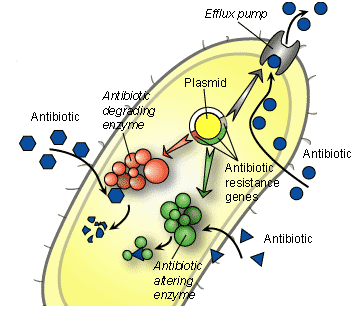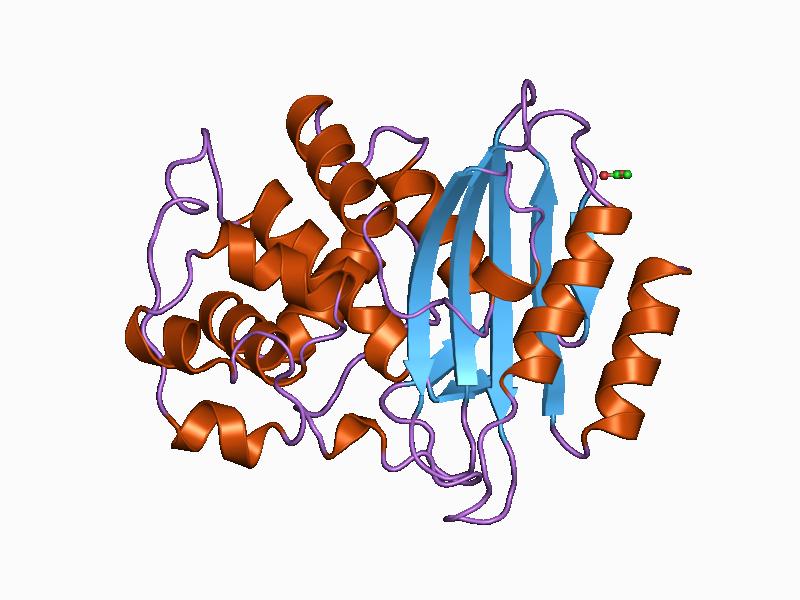There is no consensus to the definition of antibiotics. But it is very important that we do not displace the key points (“Killing and Inhibition”) that must be contained in any definition of an antibiotic. Abinitio, an antibiotic was originally defined as a substance produced by one microorganism, which inhibits the growth of other microorganisms. But due to the development of other synthetic or chemical methods by which drugs can be produced, there has been a modification to this definition. Today, an “antibiotic” can be defined as a substance produced by a microorganism (wholly or partly by chemical synthesis), which in low concentrations kill or inhibit the growth of other microorganisms in vivo or in vitro.
The discovery of antibiotics and their subsequent application to clinical medicine is one of the outstanding scientific achievements of the twentieth century. Antibiotics – “Magic Bullets” as fondly called by many have been used for about 6 decades now to treat and cure variable series of diseases including tuberculosis (TB), pneumonia, gonorrhea, urinary tract infections (UTI’s), respiratory infections, syphilis, et cetera and they have been found to be very efficacious in this aspect. Antibacterial drugs (antibiotics) has been the most effective of all medicines and their success is reflected by their continued use in clinical medicine and the decrease in morbidity and mortality from bacterial infections over the past 50 years. Nonetheless, the overuse, misuse and underuse of antibiotics in hospital environments, livestock production, poultry, agricultural practices and in the general environment has resulted in an unprecedented evolution and transmission of antimicrobial resistance (AMR) – which has reduced the efficacy of some available antibiotics and/or antimicrobial resistance.
Today, it is very difficult to imagine a society without antibiotic despite the emergence of antibiotic resistant strains of bacteria that is gradually eroding the efficacy of our therapeutic regimens. Antibiotics cure disease by killing or injuring bacteria. Some antibiotics are ‘Bactericidal’, meaning that they work by killing bacteria. Other antibiotics are ‘Bacteriostatic’, meaning that they work by stopping bacteria multiplication. Each different type of antibiotic affects different bacteria in many different ways, thus stopping their deleterious effect to the host. Some antibiotics can be used to treat a wide range of infections and are known as ‘broad–spectrum’ antibiotics. Others are only effective against a few types of bacteria and are called ‘narrow-spectrum’ antibiotics.
References
Ashutosh Kar (2008). Pharmaceutical Microbiology, 1st edition. New Age International Publishers: New Delhi, India.
Bisht R., Katiyar A., Singh R and Mittal P (2009). Antibiotic Resistance – A Global Issue of Concern. Asian Journal of Pharmaceutical and Clinical Research, 2 (2):34-39.
Courvalin P, Leclercq R and Rice L.B (2010). Antibiogram. ESKA Publishing, ASM Press, Canada.
Denyer S.P., Hodges N.A and Gorman S.P (2004). Pharmaceutical Microbiology. 7th ed. Blackwell Publishing Company, USA.
Fernandes Prabhavathi (2006). Antibacterial discovery – the failure of success? Nature Biotechnology, 24(12):1.
Finch R.G, Greenwood D, Norrby R and Whitley R (2002). Antibiotic and chemotherapy, 8th edition. Churchill Livingstone, London and Edinburg.
Mazel D and Davies J (1998). Antibiotic Resistance: The Big Picture. In B. Rosen and S. Mobashery (Eds). Resolving the antibiotic paradox: progress in understanding drug resistance and developments of new antibiotics. New York: Plenum Press.
Russell A.D and Chopra I (1996). Understanding antibacterial action and resistance. 2nd edition. Ellis Horwood Publishers, New York, USA.
Discover more from Microbiology Class
Subscribe to get the latest posts sent to your email.





